Decoding Central South America: A Geographical and Cultural Tapestry
Associated Articles: Decoding Central South America: A Geographical and Cultural Tapestry
Introduction
On this auspicious event, we’re delighted to delve into the intriguing subject associated to Decoding Central South America: A Geographical and Cultural Tapestry. Let’s weave attention-grabbing data and provide recent views to the readers.
Desk of Content material
Decoding Central South America: A Geographical and Cultural Tapestry

Central South America, a area typically overshadowed by its northern and southern counterparts, presents a fancy and fascinating geographical and cultural tapestry. Spanning various landscapes, from the towering Andes Mountains to the luxurious Amazon rainforest and the arid plains of the Chaco, this area boasts a wealthy historical past formed by indigenous civilizations, colonial conquest, and ongoing socio-economic transformations. Understanding its geography is essential to appreciating its vibrant and sometimes difficult realities.
Geographical Framework: A Continent in Miniature
Central South America, broadly outlined, encompasses elements of Colombia, Ecuador, Peru, Bolivia, and northern Chile and Argentina. This definition is fluid, with some students extending the boundaries based mostly on particular standards like Andean affect or shared cultural traits. The area’s defining geographical function is undoubtedly the Andes Mountains, a formidable backbone operating north-south, considerably influencing local weather, settlement patterns, and financial exercise.
The Andes’ imposing presence creates distinct ecological zones, from the high-altitude páramo grasslands to the fertile valleys and coastal deserts. The jap slopes of the Andes give option to huge plains, together with the Llanos in Colombia and Venezuela (typically thought of a part of northern South America however sharing vital ecological and cultural hyperlinks), the Amazon basin, and the Gran Chaco. These plains distinction dramatically with the Andean highlands, showcasing the area’s exceptional biodiversity and different climates.
-
The Andes: This colossal mountain vary just isn’t a single unbroken chain however a fancy system of parallel ranges, intermontane basins, and volcanic peaks. The excessive altitude ends in dramatic temperature variations, influencing agricultural practices and settlement patterns. The Andes are an important supply of water, feeding main river programs and supporting a wealthy number of natural world, many endemic to the area. The immense mineral wealth discovered throughout the Andes has additionally performed a big function within the area’s historical past and economic system, attracting each indigenous populations and colonial powers.
-
The Amazon Basin: A good portion of Central South America falls throughout the Amazon rainforest, the world’s largest rainforest. This extremely biodiverse ecosystem performs a important function in international local weather regulation and harbors numerous plant and animal species, many but to be found. The Amazon River, the world’s largest river by quantity, and its tributaries kind an enormous community of waterways, shaping transportation routes and influencing the lives of communities residing alongside its banks. Nonetheless, deforestation and useful resource extraction pose vital threats to this fragile ecosystem.
-
The Chaco: Positioned in western Bolivia, Paraguay, and northern Argentina, the Gran Chaco is an enormous, semi-arid plain characterised by scrublands, grasslands, and woodlands. This area is characterised by excessive temperature fluctuations and restricted water assets, posing challenges to agriculture and human settlement. The Chaco has a wealthy indigenous historical past, with numerous teams adapting to its harsh atmosphere. Nonetheless, latest years have seen growing stress on the Chaco’s pure assets, resulting in deforestation and environmental degradation.
-
Coastal Areas: The Pacific coast of Central South America varies significantly, from the arid Atacama Desert in northern Chile – one of many driest locations on Earth – to the extra temperate coastal areas of Peru and Ecuador. These coastal areas have traditionally performed an important function in commerce and financial exercise, with vital fishing industries and ports serving as gateways to international markets.
Cultural Panorama: A Melting Pot of Influences
The human historical past of Central South America is as various and sophisticated as its geography. Indigenous civilizations, such because the Inca, Chimu, and Wari empires, flourished within the Andes for hundreds of years, creating subtle agricultural strategies, city facilities, and sophisticated social buildings. The arrival of European colonizers, primarily Spanish, dramatically altered the area’s panorama and tradition. The colonial interval witnessed the exploitation of indigenous populations, the introduction of latest crops and livestock, and the institution of latest city facilities based mostly on colonial energy buildings.
The legacy of colonialism continues to form the area’s political, financial, and social buildings. The colonial administrative divisions persist in lots of nations, and the inequalities stemming from the colonial period stay a big problem. The indigenous populations, although marginalized in some ways, proceed to keep up their cultural identities and combat for better recognition and self-determination. The mixing of indigenous and European cultures, together with the affect of African and Asian populations, has created a singular cultural mosaic.
-
Indigenous Cultures: Regardless of centuries of oppression, indigenous communities in Central South America retain a wealthy cultural heritage. Their traditions, languages, and data programs are integral to the area’s id. Many communities are actively concerned in efforts to protect their tradition and reclaim their land rights, dealing with ongoing challenges associated to land disputes, discrimination, and lack of entry to assets.
-
Colonial Legacy: The Spanish colonial interval left a permanent mark on the area’s structure, language, faith, and social buildings. Colonial cities, a lot of that are UNESCO World Heritage websites, stand as testaments to this historic interval. Nonetheless, the colonial legacy additionally encompasses the deep-seated inequalities and social hierarchies that persist to this present day.
-
Fashionable Transformations: Central South America is present process fast social and financial transformations. Urbanization, migration, and globalization are reshaping the area’s demographics and cultural panorama. The rise of latest social actions, together with indigenous rights actions and environmental activism, is difficult current energy buildings and pushing for better social justice and environmental sustainability.
Challenges and Alternatives:
Central South America faces a fancy array of challenges, many interconnected and deeply rooted in its historical past and geography. Poverty, inequality, and lack of entry to primary companies stay widespread. Environmental degradation, pushed by deforestation, mining, and unsustainable agricultural practices, threatens the area’s biodiversity and ecosystems. Political instability and battle additionally plague elements of the area, hindering financial improvement and social progress.
Regardless of these challenges, Central South America additionally presents vital alternatives. The area boasts huge pure assets, a wealthy cultural heritage, and a rising inhabitants with a younger and dynamic workforce. Investing in sustainable improvement, selling social inclusion, and strengthening governance are essential for harnessing these alternatives and constructing a extra equitable and affluent future. Sustainable tourism, centered on preserving cultural heritage and pure assets, affords a promising avenue for financial progress whereas mitigating environmental impacts. Moreover, fostering regional cooperation and integration can improve financial alternatives and deal with shared challenges.
Conclusion:
Central South America is a area of immense geographical and cultural variety, formed by a fancy interaction of pure forces and human historical past. Understanding its geography is important for appreciating its wealthy cultural heritage, the challenges it faces, and the potential it holds for a extra sustainable and equitable future. By acknowledging its previous and embracing its potential, Central South America can construct a future the place its vibrant cultural tapestry thrives alongside a wholesome and resilient atmosphere. This requires a concerted effort from governments, civil society organizations, and worldwide companions to handle the area’s challenges and unlock its immense potential. The way forward for Central South America hinges on its means to navigate these complexities and construct a path in direction of sustainable improvement and social justice.

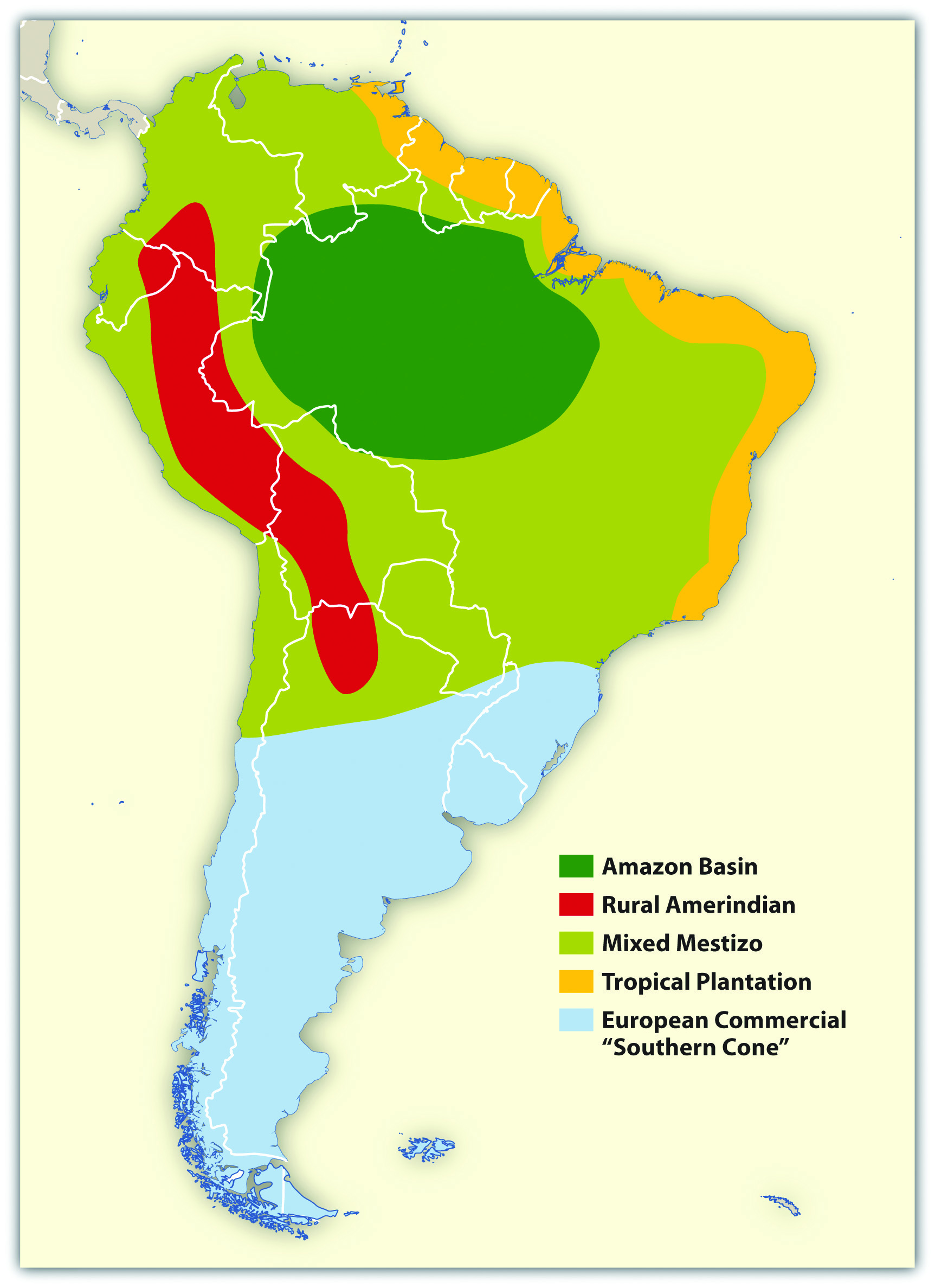

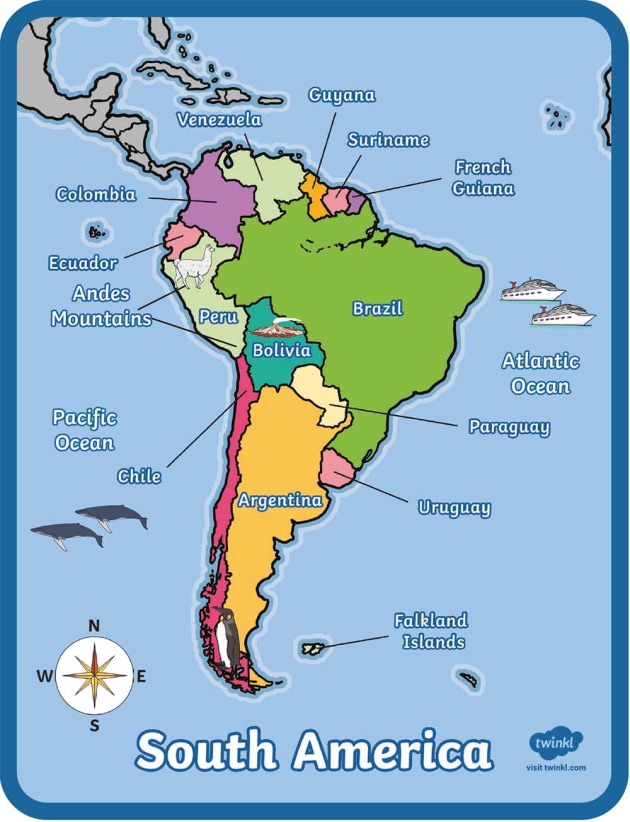
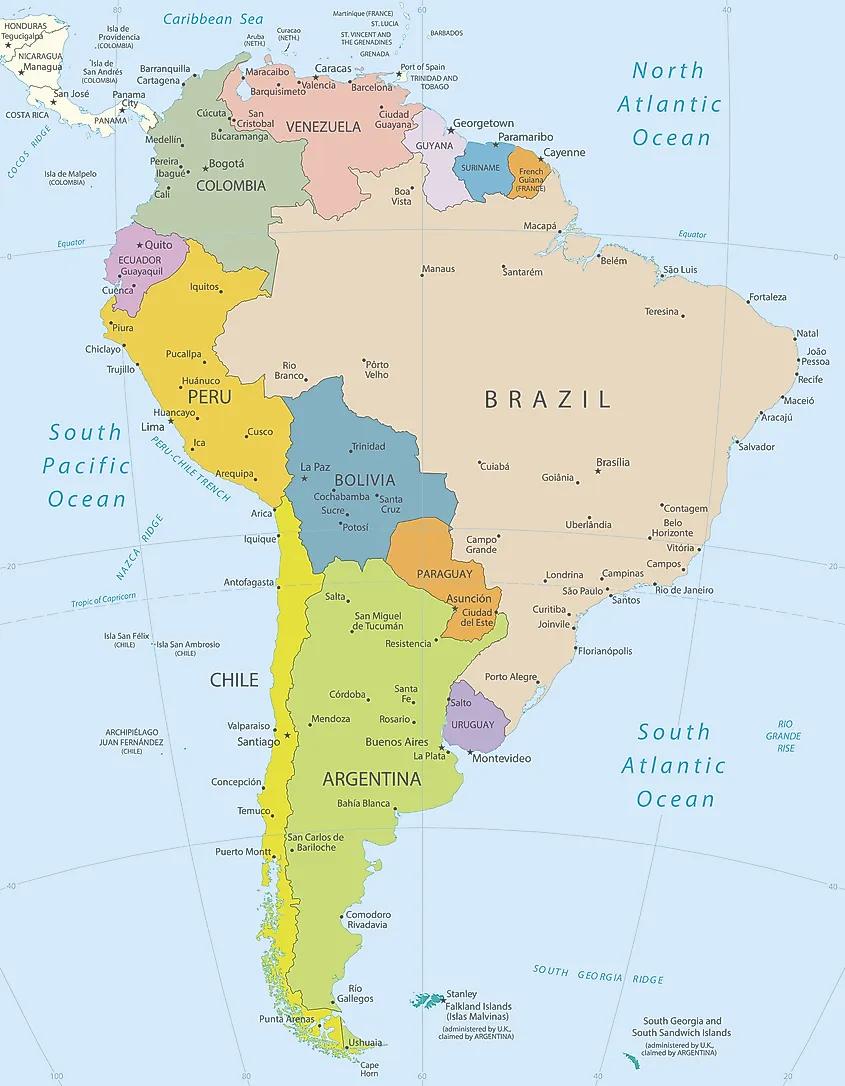
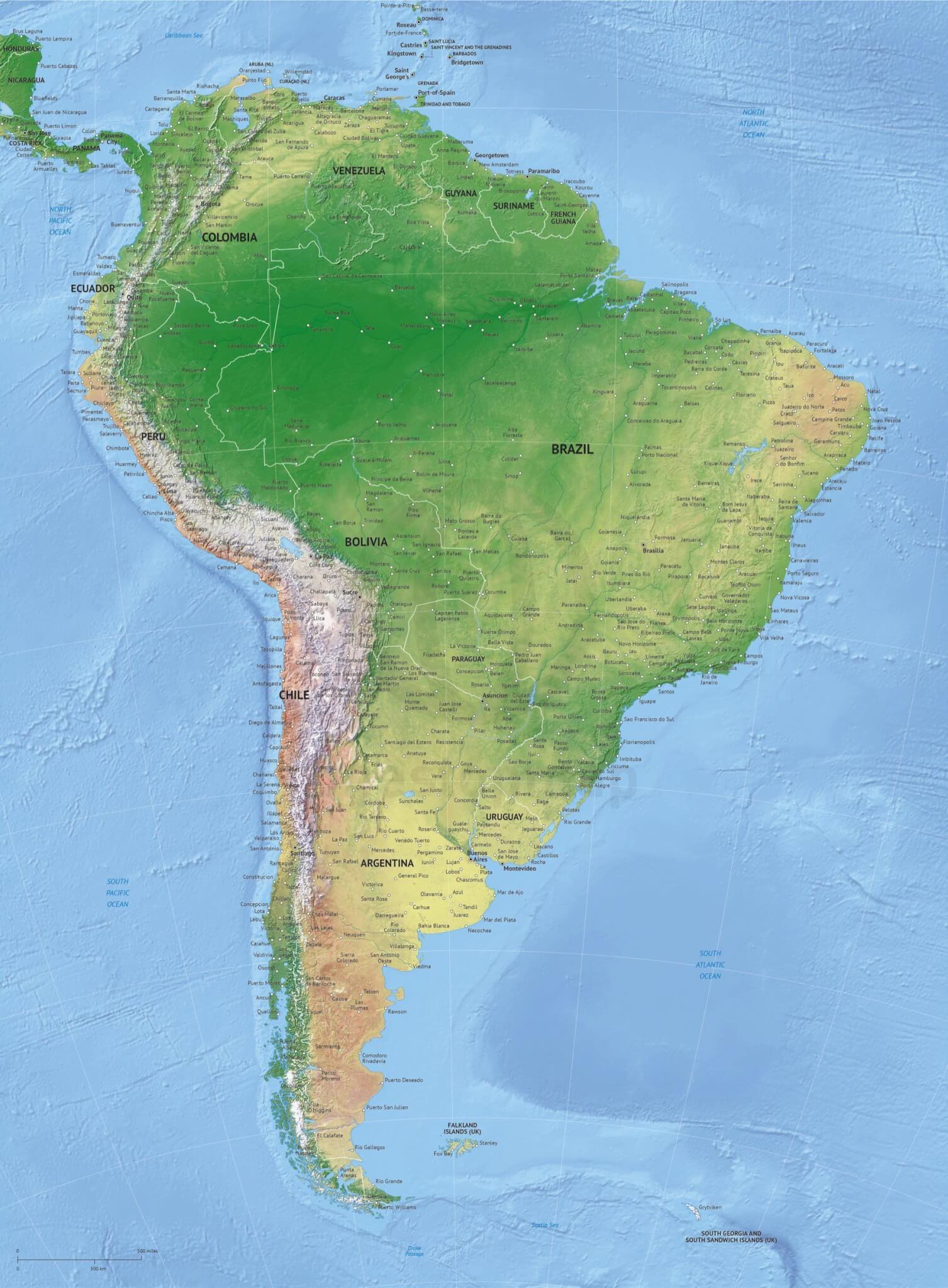
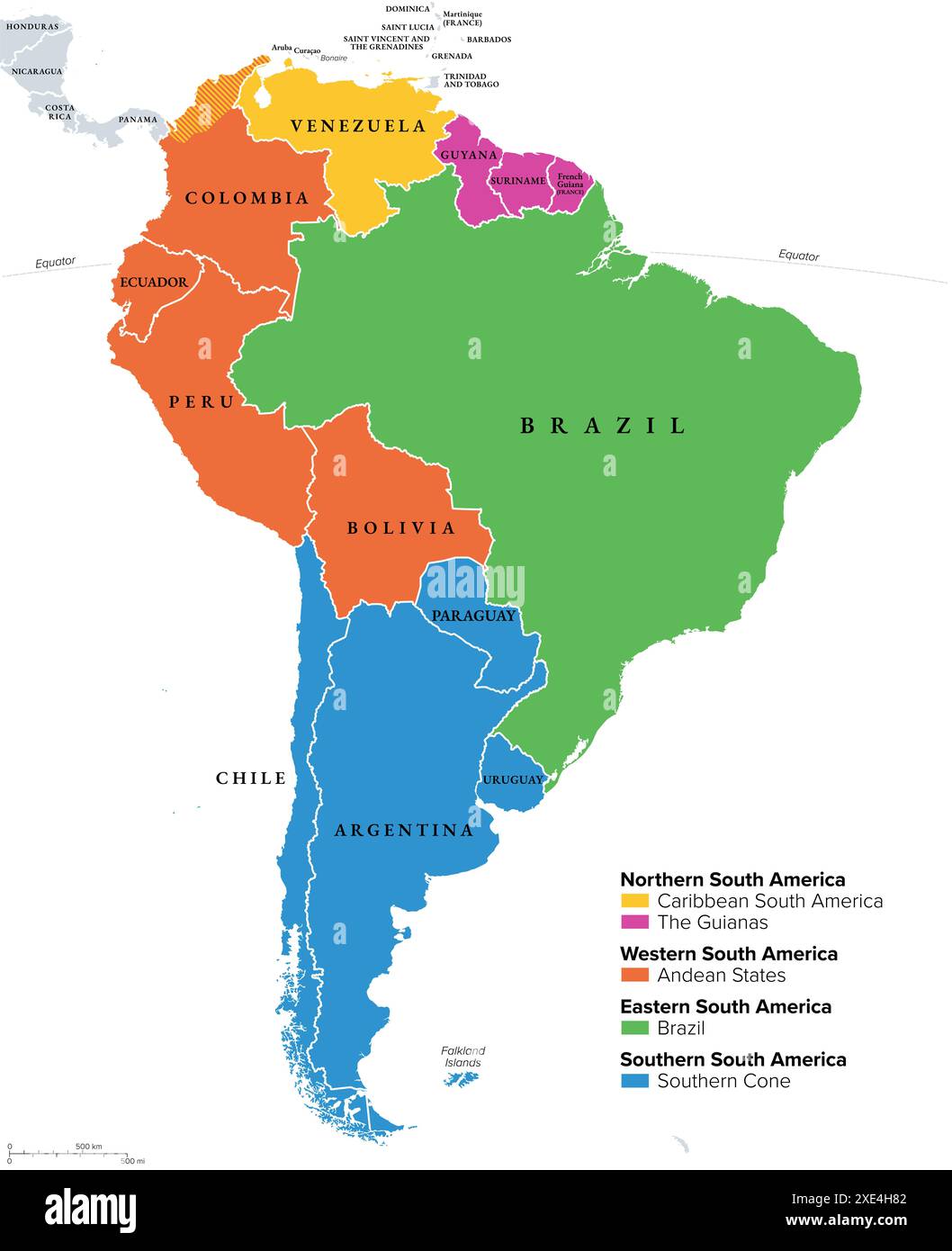

Closure
Thus, we hope this text has supplied beneficial insights into Decoding Central South America: A Geographical and Cultural Tapestry. We admire your consideration to our article. See you in our subsequent article!